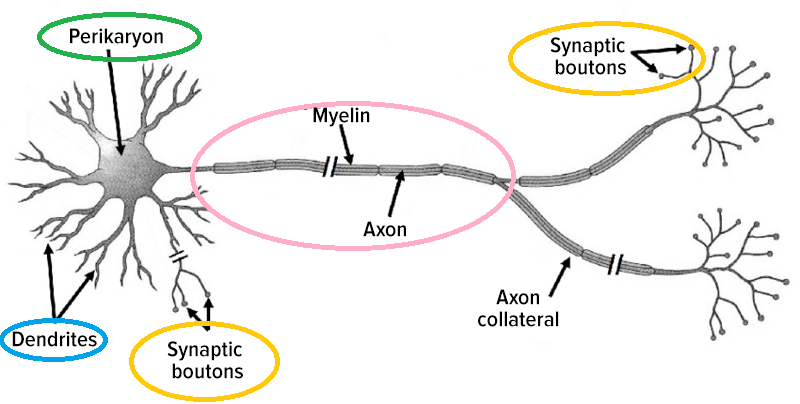


This suggests that the fuzzy coat helps to prevent the protein from forming filaments, which could have a protective effect against neurodegenerative disease. Without those floppy segments, the researchers found that the rigid cores formed filaments much more easily. To explore what happens when those end segments are lost, as often happens in Alzheimer’s disease, the researchers chopped them off and then used NMR to analyze the resulting protein structure. While the exact structure of these floppy segments is unknown, researchers have used electron microscopy to show that they form a “fuzzy coat” that surrounds the central core. This core is bookended by floppy segments.

The researchers focused on the central core of the Tau protein, where folded protein strands called beta sheets create a very rigid structure. In this study, the researchers used nuclear magnetic resonance (NMR) to determine some of those structures, using a version of the Tau protein generated in the lab using recombinant DNA. Learning more about the structures of those filaments could help researchers figure out how abnormal Tau proteins become misfolded, but studying those filaments has been difficult because of their inherently disordered structure. In the brains of people with Alzheimer’s and other neurodegenerative diseases, abnormal versions of Tau form stringy filaments that clump together, causing tangles in the brain. The protein contains four repeating subunits, each slightly different, known as R1, R2, R3, and R4. In the healthy brain, Tau proteins bind to microtubules and help to stabilize them. MIT postdocs Pu Duan and Aurelio Dregni are also authors of the paper. MIT postdoc Nadia El Mammeri is the lead author of the study, which appears today in Science Advances. The researchers also pinpointed a sequence of amino acids that appears to help the Tau protein bend in different directions, which they believe could make a good target for drugs that would interfere with the formation of Tau tangles. “This protein cleavage happens relatively early in Alzheimer’s disease, and that helps to speed up aggregation, which is undesirable,” says Mei Hong, an MIT professor of chemistry and the senior author of the new study. They also showed that these fibrils are more likely to form when the ends of the Tau protein are lopped off. In the new study, the researchers discovered that one segment of the Tau protein is more flexible than expected, and this flexibility helps the fibrils take on a variety of different shapes. In a new study, MIT chemists have gained insight into how these fibrils form, and identified a potential target for drugs that could interfere with this formation. Many neurodegenerative diseases, including Alzheimer’s, are characterized by tangled proteins called Tau fibrils.


 0 kommentar(er)
0 kommentar(er)
